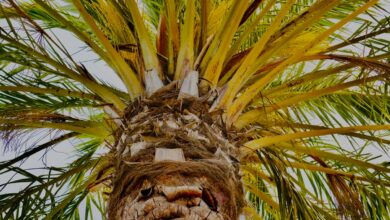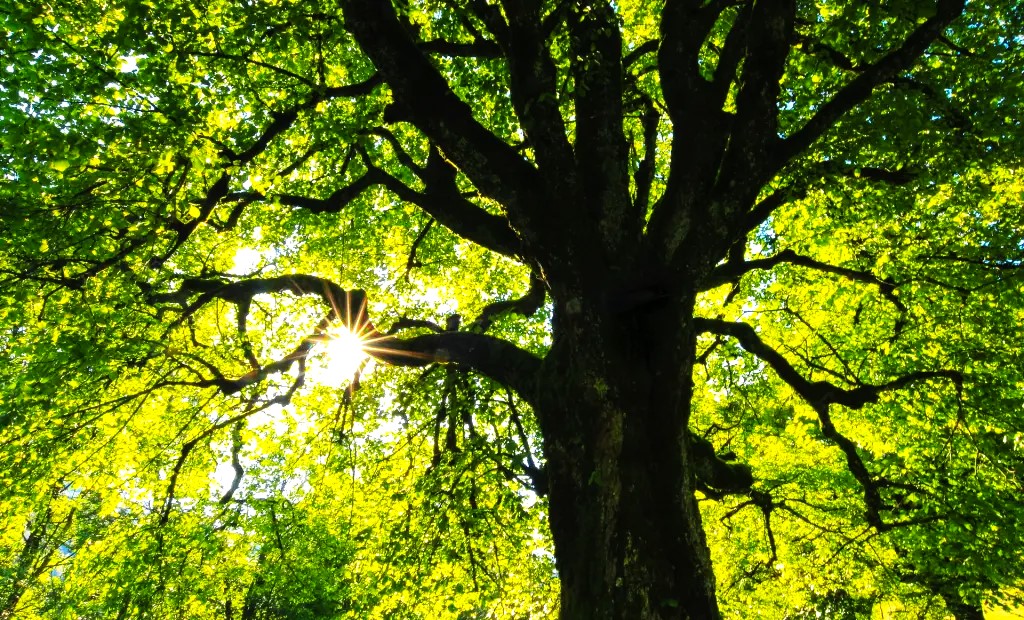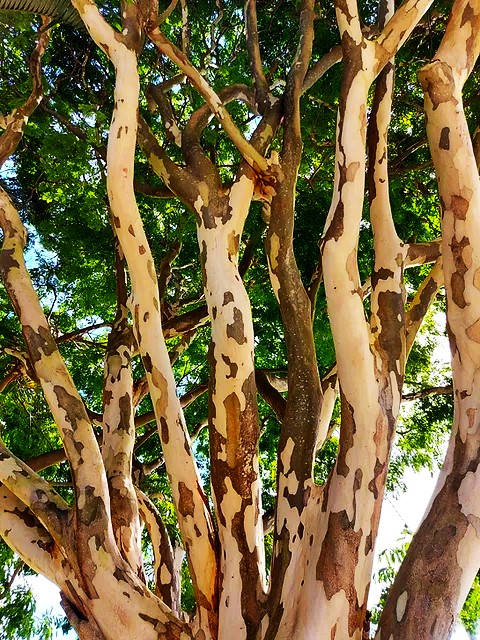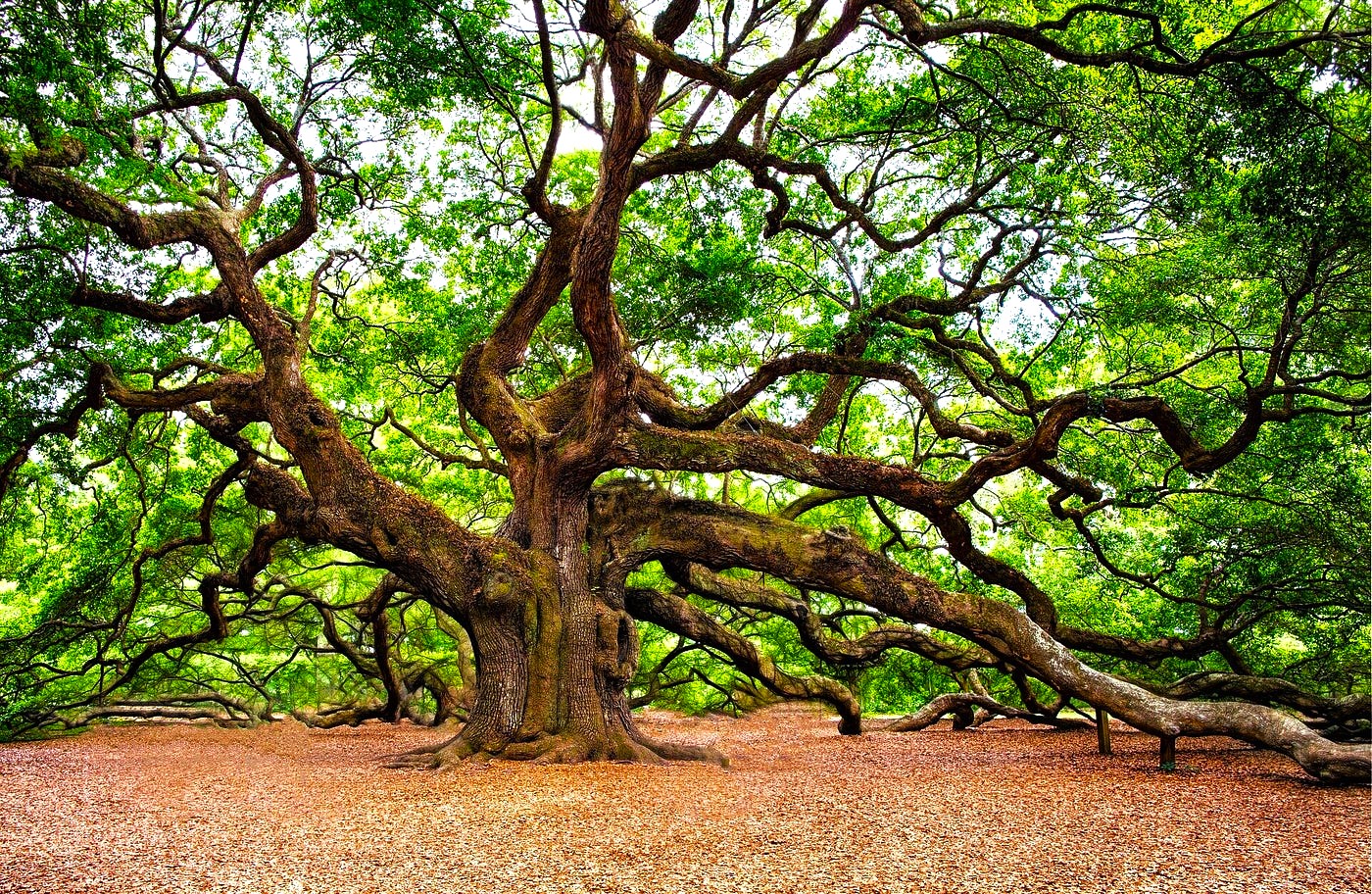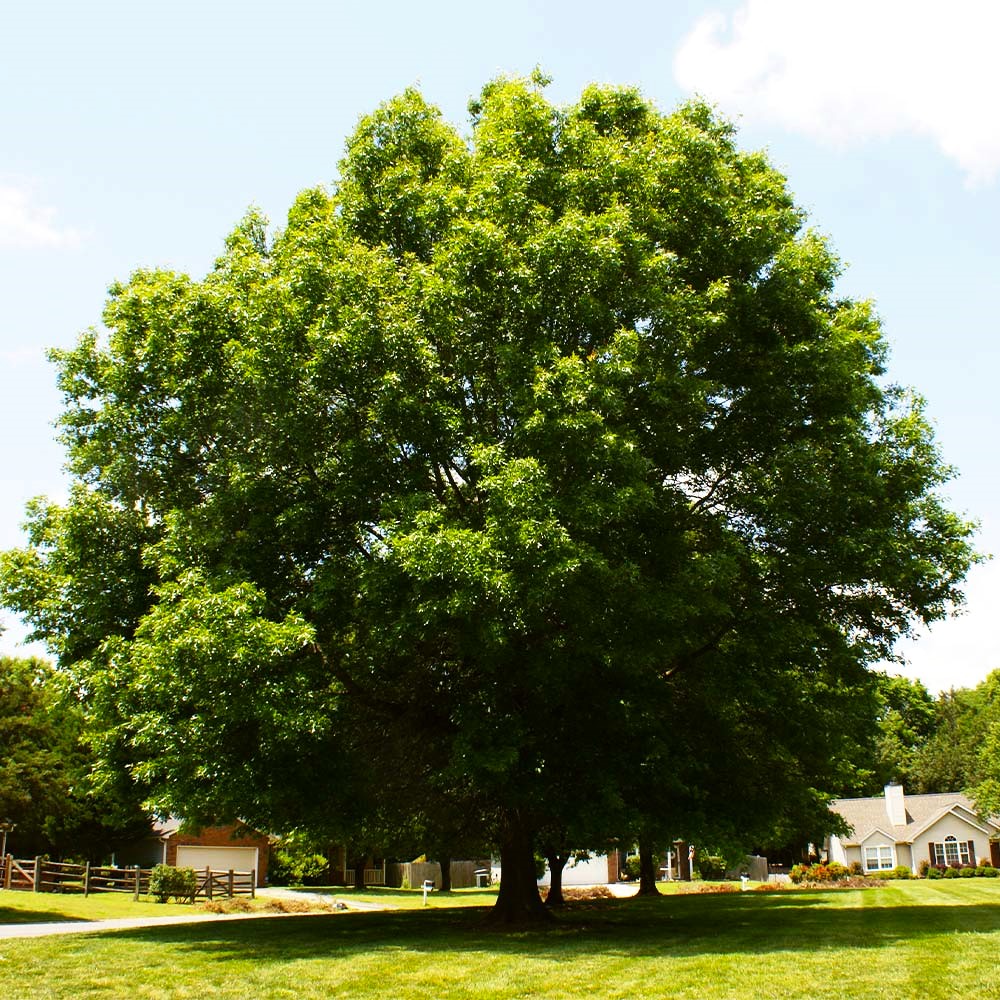Yellow Oleander Care: What İs Yellow Oleander Used For?
What İs The Difference Between Yellow Oleander And Oleander?
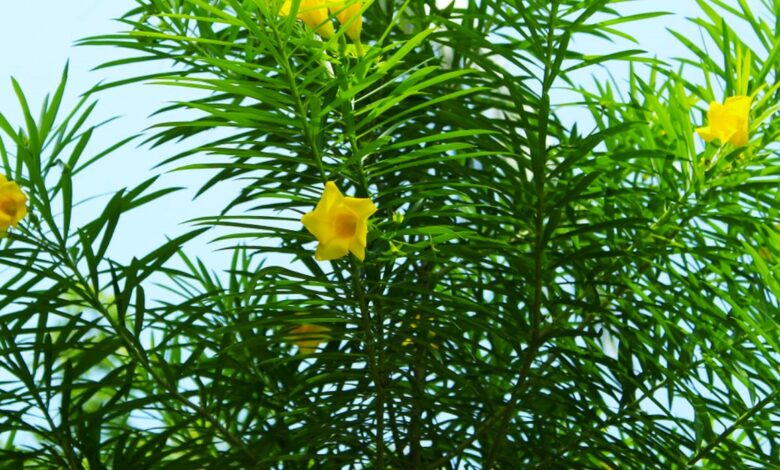
Although Thevetia peruviana, or yellow oleander trees, sound similar to oleanders (genus Nerium), they are not. Although they belong to different genera and are entirely different plants, they are both members of the dogbane family. Continue reading for details on yellow oleanders and care advice.
Details of Yellow Oleander
Many people mistake yellow oleander trees for large bushes because of their tiny size. Information about yellow oleanders indicates that while they can reach up to 20 feet (6 meters) in the wild, these evergreen plants rarely grow higher than 10 feet (3 meters) when grown.
The yellow oleander flower resembles a slender tube that twists into a spiral shape at the tip, revealing five petals. They grow in clusters and are fragrant. They are roughly 2 inches (5 cm) long. Pollination is assisted by a mechanism located within the flowers’ throats. In order to ensure that insects carrying pollen will move it to the subsequent flower, it covers them with pollen as they approach the sweet nectar.
The thick fruit of yellow oleander trees has four sides and changes color as it ages. The fruit first appears green, then changes to a lipstick-red color before maturing into a dull black. The brown, smooth stone within is suitable for making necklaces.
Yellow Oleander Uses
In their natural habitat of Africa, riparian zones and savannahs are home to yellow oleander trees. If planted in open areas, the trees have the potential to become invasive, and in South Africa, they are classified as noxious weeds.
In other nations, yellow oleander is mostly used for ornamentation. Despite its toxicity, the tree is grown as a garden plant in the United States. Is the yellow oleander toxic? It is, indeed. The plant is toxic in every part.
Yellow Oleander Maintenance
Despite the yellow oleander’s toxicity, many gardeners are drawn to it by its opulent, tropical appearance and enduring blossoms. It’s good to know that yellow oleander care is not hard or time-consuming if you want to grow this plant. Just exercise caution when cultivating it near young children and animals.
Given that yellow oleander trees enjoy heat, plant them in partial or full sun. Prepare the soil with compost before planting, as trees prefer well-draining soil that contains a high level of organic matter.
Regular watering of these plants is required. It will also take some time to clean up litter and prune (wear gloves). These are typically low-maintenance plants, though.

